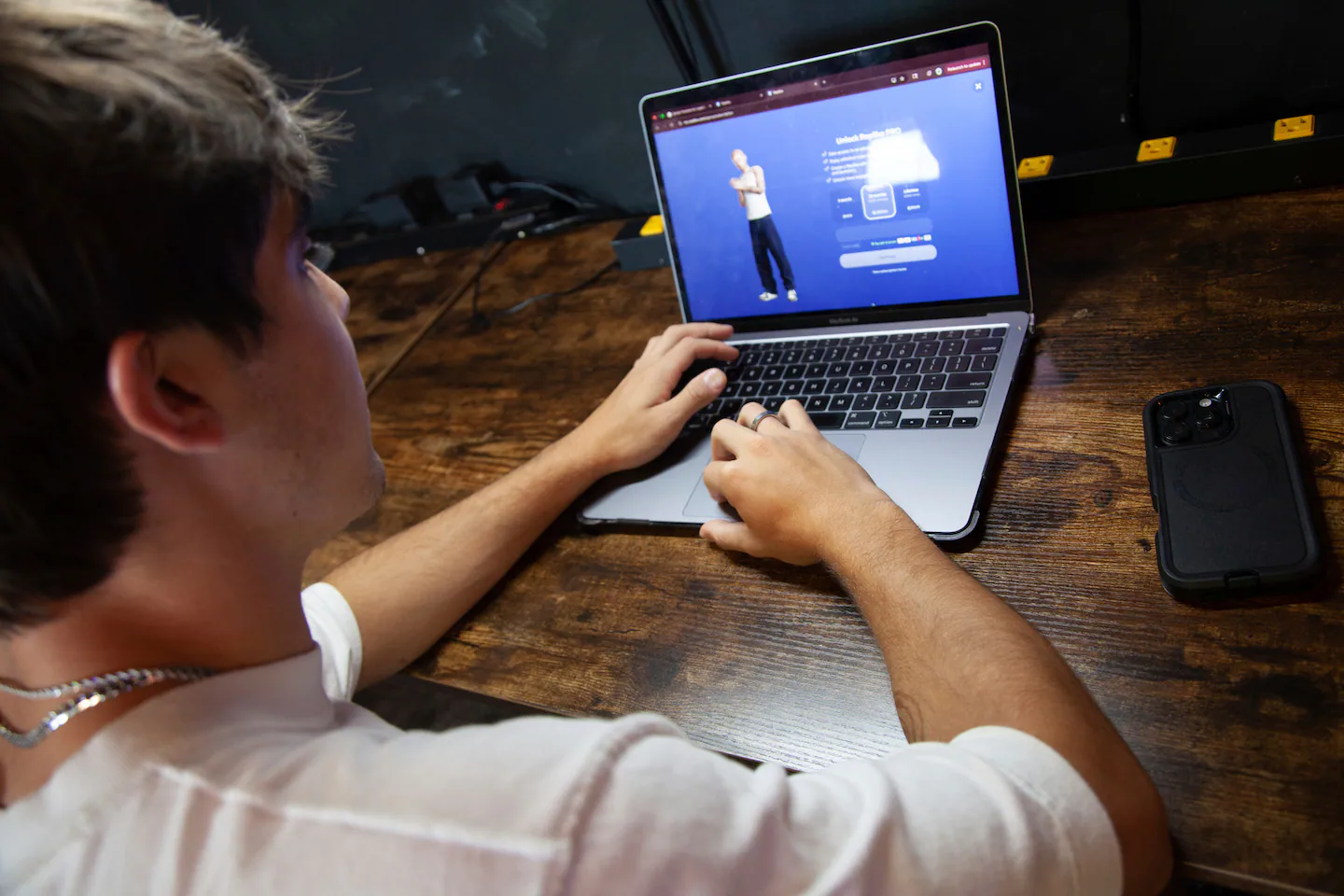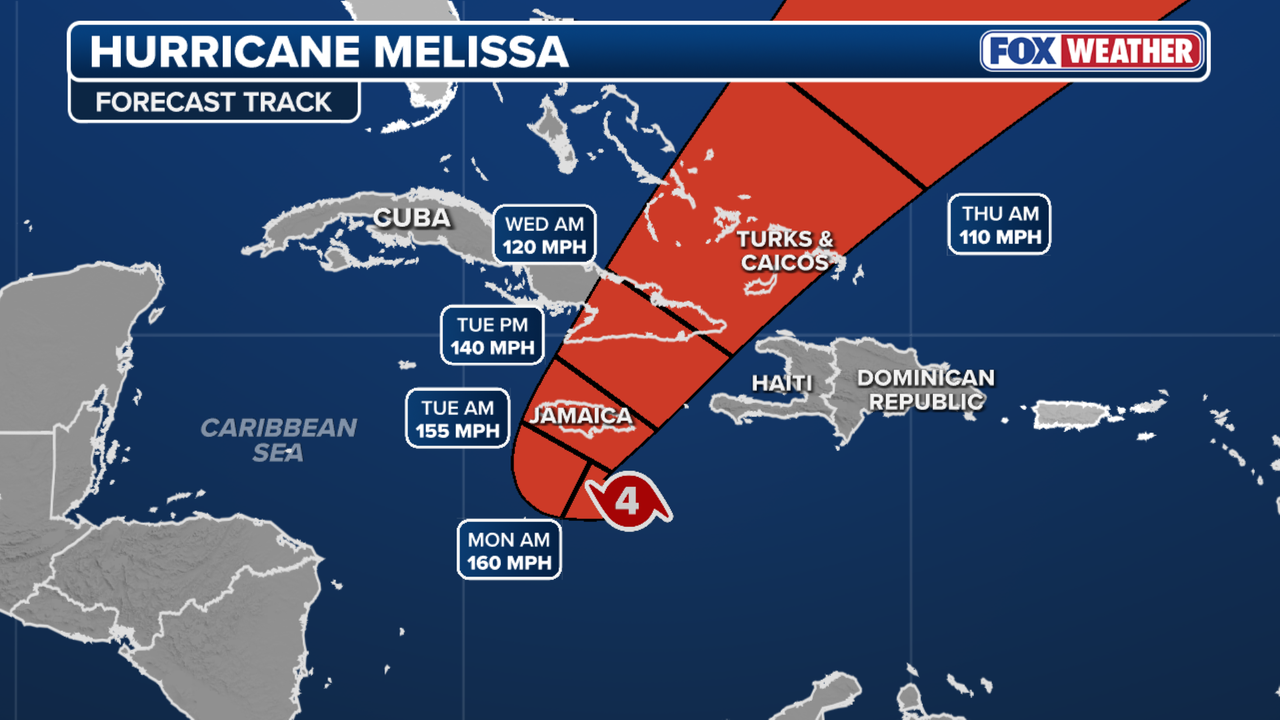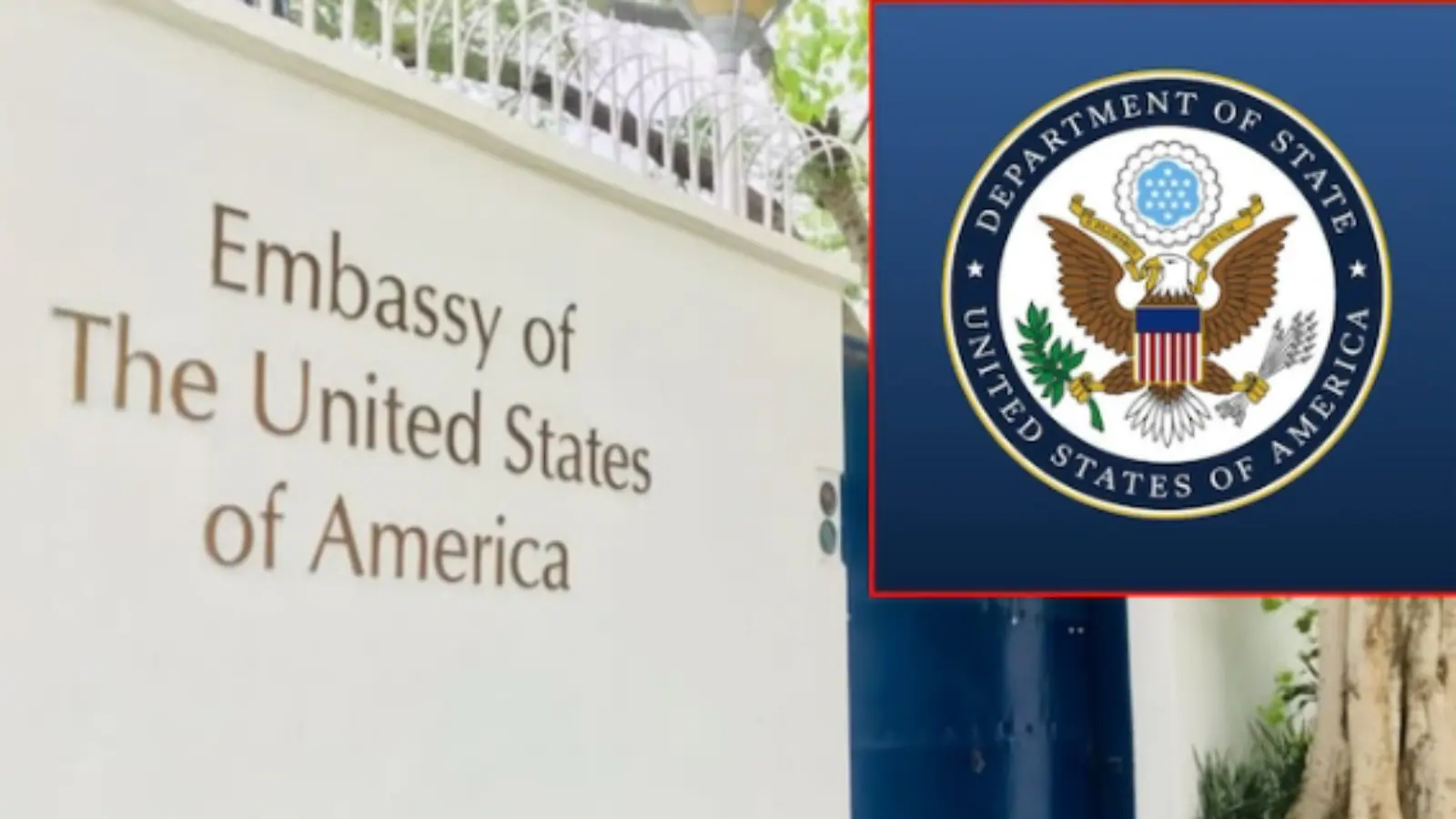Copyright The Boston Globe

SOCIAL MEDIA The Trump administration has been signaling that it may have finally reached a deal with China to keep TikTok running in the United States, with the two countries finalizing it as soon as Thursday. President Trump is visiting South Korea, where he will meet with Chinese President Xi Jinping to try to de-escalate a trade war. Treasury Secretary Scott Bessent told CBS’s “Face the Nation” Sunday that the two leaders will “consummate that transaction on Thursday in Korea.” If it happens, the deal would mark the end of months of uncertainty about the fate of the popular video-sharing platform in the United States. After wide bipartisan majorities in Congress passed — and President Joe Biden signed — a law that would ban TikTok in the United States if it did not find a new owner in the place of China’s ByteDance, the platform was set to go dark on the law’s January deadline. For a several hours, it did. But on his first day in office, Trump signed an executive order to keep it running while his administration tried to reach an agreement for the sale of the company. Three more executive orders followed, as Trump, without a clear legal basis, continued to extend the deadline for a TikTok deal. The second was in April, when White House officials believed they were nearing a deal to spin off TikTok into a new company with US ownership that fell apart after China backed out following Trump’s tariff announcement. The third came in June, then another in September, which Trump said would allow TikTok to continue operating in the United States in a way that meets national security concerns. Trump’s order was meant to enable an American-led group of investors to buy the app from China’s ByteDance, though the deal also requires China’s approval. — ASSOCIATED PRESS MEDIA Paramount on Wednesday began laying off more than 2,000 employees, a long-awaited consequence of its merger with the Hollywood studio Skydance. The cuts, announced internally by David Ellison, Paramount’s CEO, will initially include roughly 1,000 employees in the United States across many divisions, including CBS News, the Paramount film studio, and cable networks such as MTV, Nickelodeon, and BET. The rest of the cuts, some of which will affect Paramount’s international employees, will come later. Overall, Paramount is planning to cut roughly 10 percent of the combined company. In a memo to employees Wednesday, Ellison said the cuts were focused on eliminating redundant jobs or phasing out positions not in keeping with Paramount’s evolving priorities. — NEW YORK TIMES PHARMACEUTICAL Federal regulators are trying to make it easier to develop cheaper alternatives to powerful drugs that many Americans depend on to treat autoimmune diseases or cancers. The Food and Drug Administration said Wednesday it has released guidance to simplify studies for biologic drugs and cut unnecessary testing. Biologic drugs are made from living cells instead of by mixing chemicals. They have led to major advances in treating immune system disorders, eye diseases, and some cancers since the late 1990s, but they also are very costly. For decades, biotech drugmakers argued that their medicines were too complex to be copied by competitors. That finally changed under President Barack Obama’s 2010 health overhaul, which ordered the FDA to create a system for approving “biosimilar drugs.” The industry term arose because scientists insisted it would be impossible to produce exact copies of their biotech drugs. FDA’s pathway, finally published in 2015, suggests that drugmakers conduct studies showing patients respond similarly to biosimilar versions when compared with the originals. The latest proposal seeks to ease that standard, which the administration calls an “unnecessary resource-intensive requirement.” “The result will be more competition, lower prices, and faster access to lifesaving medicines,” said Health Secretary Robert F. Kennedy Jr. The draft guidance is the first step in an extensive bureaucratic process. It amounts to a tentative set of recommendations for drugmakers. — ASSOCIATED PRESS FOOD Halloween is shaping up to be a test for the chocolate industry, as high cocoa costs threaten to accelerate a consumer shift toward cheaper and trendier sweets such as sour gummies. For candy makers, Halloween remains crucial — the holiday made up nearly 18 percent of annual US candy sales last year, second only to Christmas. But chocolate makers have been passing along costlier input prices to consumers, and that’s leaving an opening for rivals — who have already seen a shift toward non-chocolate treats — to grab more market share. It’s the latest example of demand destruction as the chocolate industry is grappling with high prices amid a precarious supply outlook. While cocoa futures in New York have slumped about 50 percent from a record set in December, they’re still historically elevated. Chocolate makers are hoping nostalgia during the Halloween season can offset the broader shift away from their products. “Chocolate is chocolate,” said David Branch, a sector manager at Wells Fargo Agri-Food Institute. “We’re seeing less sales away from holidays and more sales during holidays. People are not buying it all the time, but when they want it, they want it.” The problem is that, increasingly, they’re wanting it less often. Chocolate candy volumes dropped 6 percent in the 12 weeks ending Oct. 5, as the average price per pound jumped nearly 14 percent, according to data from consumer research firm Circana. Meanwhile, sales volumes for non-chocolate Halloween-themed candy — think Haribo sour gummy bats — rose 8.3 percent during the same period. — BLOOMBERG NEWS AUTOMOTIVE General Motors plans to lay off 1,750 workers indefinitely in the coming months and an additional 1,670 temporarily as it reduces electric vehicle production, the automaker said Wednesday. The layoffs are a response to an expected drop in sales of electric cars and trucks after Congress and President Trump ended, on Sept. 30, a $7,500 federal tax credit for the purchase and lease of new electric vehicles. “In response to slower near-term EV adoption and an evolving regulatory environment, General Motors is realigning EV capacity,” the company said in a statement. “Despite these changes, GM remains committed to our US manufacturing footprint.” The job cuts will hit vehicle and battery factories in Michigan, Ohio, and Tennessee. — NEW YORK TIMES



